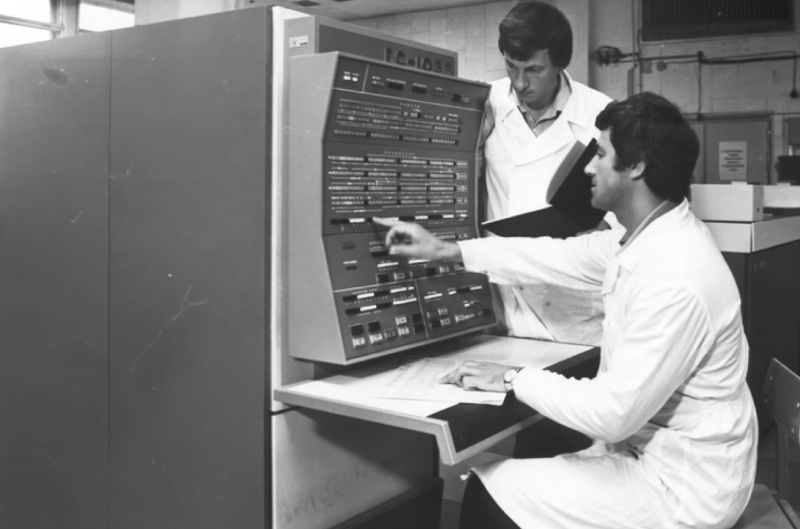Largest ever submarine heads for Russian scrapyard
A Cold War story has come to an end as the largest ever submarine is put out to pasture. According to the Russian state news agency TASS, the Dmitry Donskoy, the first of the gigantic Typhoon submarines and the last still in service, has been officiall… Continue reading Largest ever submarine heads for Russian scrapyard

